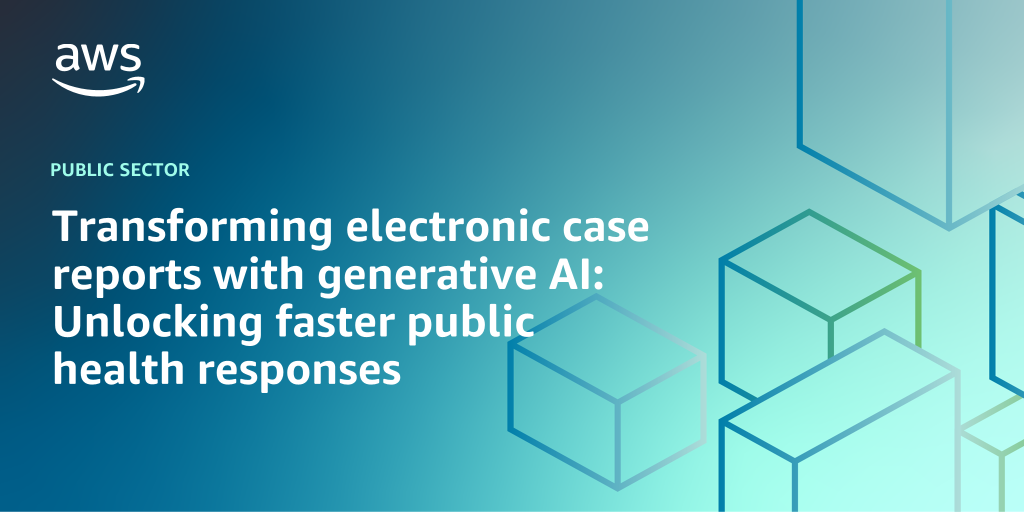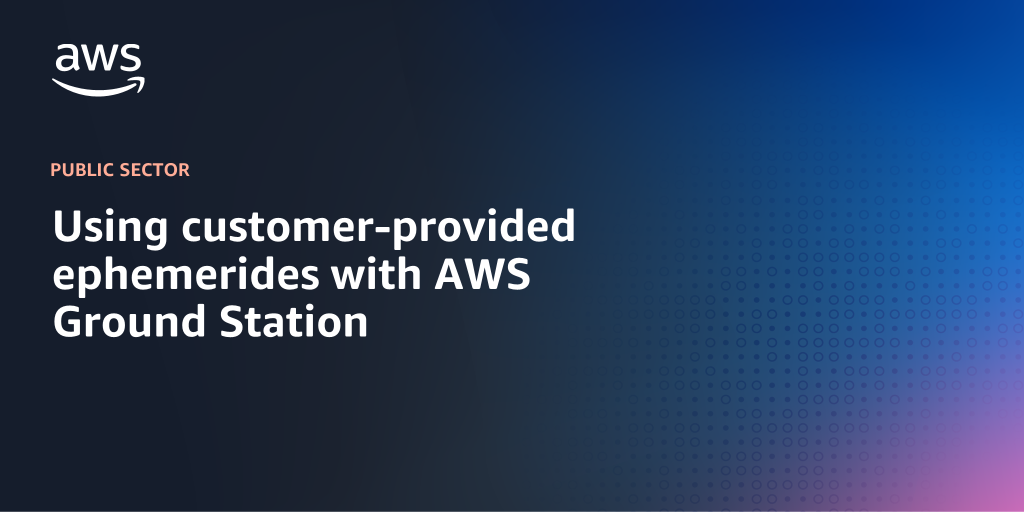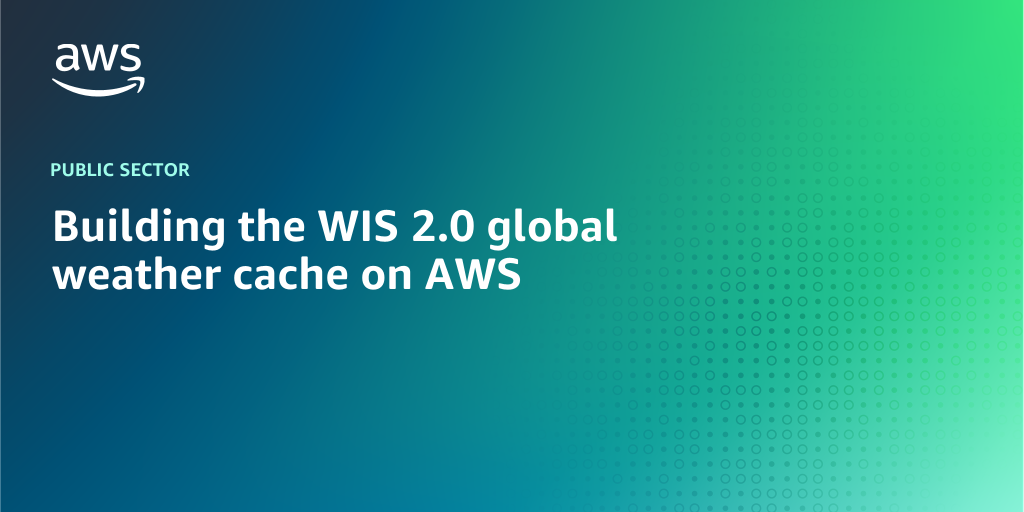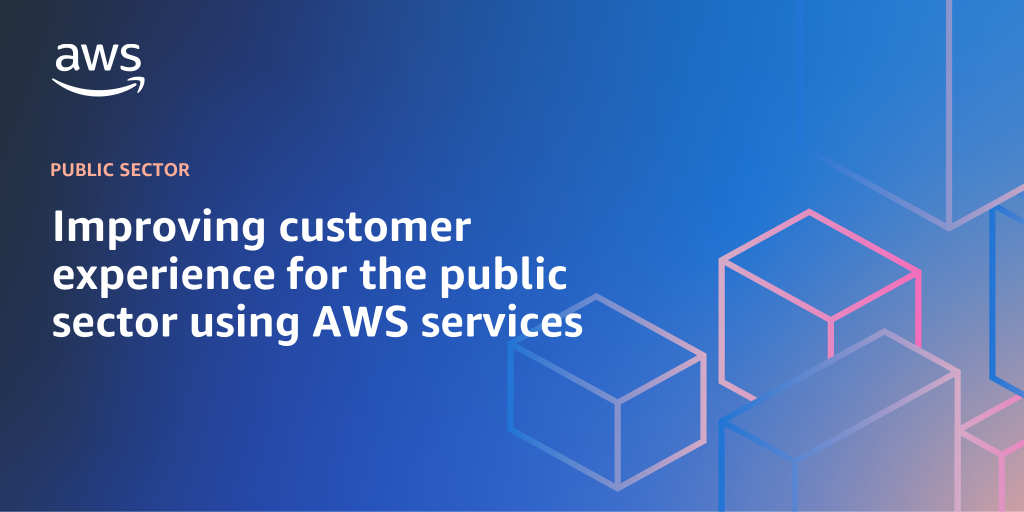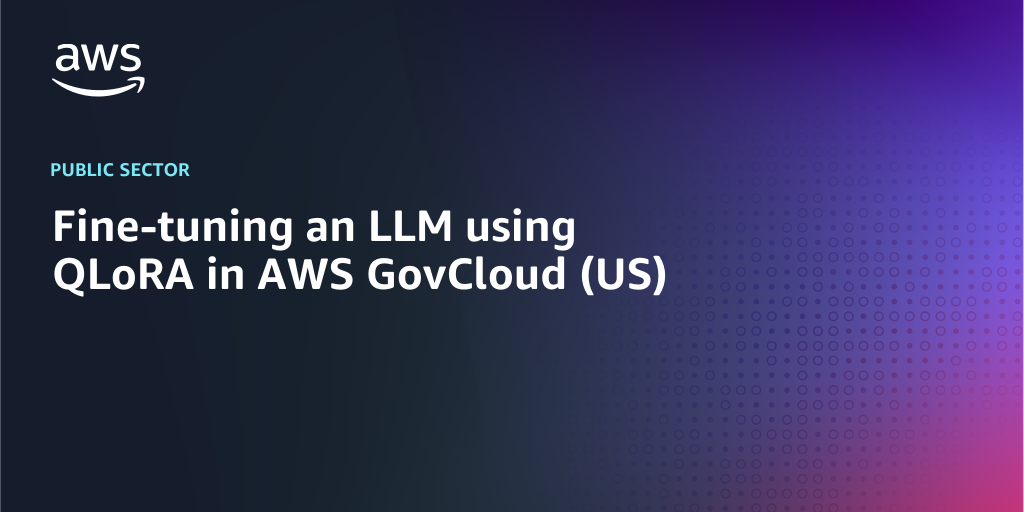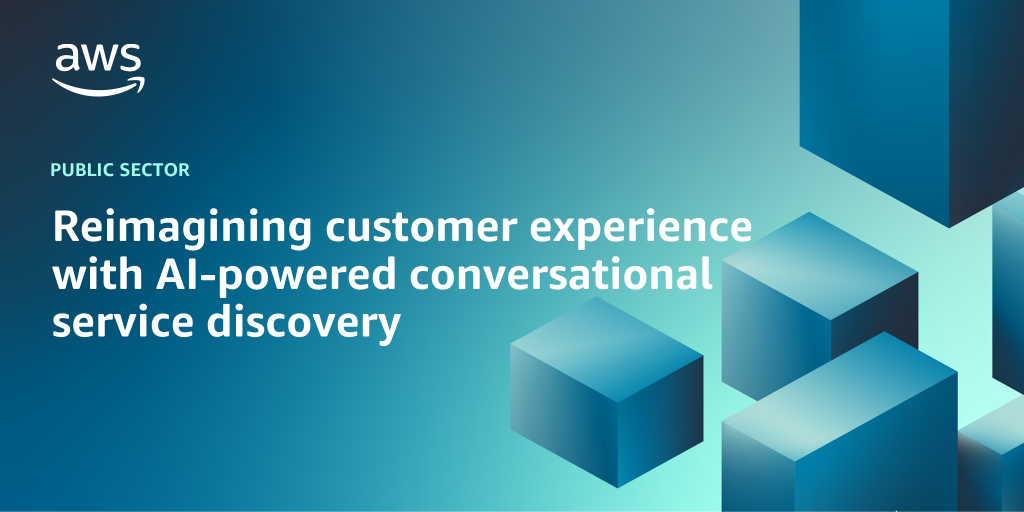AWS Public Sector Blog
Tag: technical how-to
Transforming electronic case reports with generative AI: Unlocking faster public health responses
For years, public health agencies have relied on paper-based case report forms to supplement the electronic laboratory reports (ELRs) they receive for reportable diseases. While ELRs provide positive test results, the accompanying case reports give public health agencies critical clinical, demographic, and risk factor data needed for effective disease investigation and response. However, the sheer volume of COVID-19 cases quickly overwhelmed this manual, paper-based process. Prior to the pandemic, the Office of the National Coordinator for Health IT (ONC) and the Centers for Disease Control and Prevention (CDC) developed standards for an electronic case report (eCR) form that could be automatically sent to public health agencies from providers’ electronic health records (EHRs).
Using customer-provided ephemerides with AWS Ground Station
Amazon Web Services (AWS) Ground Station is a cloud-based service that provides you with an opportunity to perform communication sessions with your satellite without spending a fortune on your own ground station infrastructure. AWS Ground Station balances between providing a ready-made solution and tailoring the service to meet the unique needs of each customer. One of the ways to customize the service is to use customer-provided ephemerides (CPE) for antenna targeting.
Web filtering for education using AWS Network Firewall
Managing access to websites and safeguarding users from harmful content is a critical component of a layered cybersecurity approach, especially in educational settings. Schools and institutions of higher learning have a responsibility to provide a secure online experience for their students and staff. Traditionally, this has been accomplished through on-site web filtering appliances. Amazon Web Services ( AWS) Network Firewall allows customers to filter their outbound web traffic from on-premises environments based on fully qualified domain names (FQDN) or Server Name Indication (SNI) for encrypted traffic. This post will use AWS Client VPN to demonstrate routing and filtering traffic from external resources through Network Firewall.
How to transfer data to the CISA Cloud Log Aggregation Warehouse (CLAW) using Amazon S3
In this post, we show you how you can push or pull your security telemetry data to the National Cybersecurity Protection System (NCPS) Cloud Log Aggregation Warehouse (CLAW) using Amazon Web Services (AWS) Simple Storage Service (Amazon S3) or third-party solutions.
Building the WIS 2.0 global weather cache on AWS
The World Meteorological Organization (WMO) wants to build and modernize a global weather framework with WMO Information Systems (WIS) 2.0 to enable and democratize unified access to critical, up-to-date weather data across the world. The WIS 2.0 system and the global cache provide a single point of access to improve the speed and accuracy with which forecasts can be generated while decreasing the time and capital requirements. This post describes the value of a global weather cache as well as the design and architecture for building the WIS 2.0 global weather cache on Amazon Web Services (AWS).
Improving customer experience for the public sector using AWS services
Citizens are increasingly expecting government to provide modern digital experiences for conducting online transactions. Market research tells us 63 percent of consumers see personalization as the standard level of service. This post offers various architectural patterns for improving customer experience for the public sector for a wide range of use cases. The aim of the post is to help public sector organizations create customer experience solutions on the Amazon Web Services (AWS) Cloud using AWS artificial intelligence (AI) services and AWS purpose-built data analytics services.
Fine-tuning an LLM using QLoRA in AWS GovCloud (US)
Government agencies are increasingly using large language models (LLMs) powered by generative artificial intelligence (AI) to extract valuable insights from their data in the Amazon Web Services (AWS) GovCloud (US) Regions. In this guide, we walk you through the process of adapting LLMs to specific domains with parameter efficient fine-tuning techniques made accessible through Amazon SageMaker integrations with Hugging Face.
Reimagining customer experience with AI-powered conversational service discovery
In this post, we will explore the use of generative artificial intelligence (AI) chatbots as a natural language alternative to the service catalog approach. We will present an Amazon Web Services (AWS) architecture pattern to deploy an AI chatbot that can understand user requests in natural language and provide interactive responses to user requests, directing them to the specific systems or services they are looking for. Chatbots simplify the content navigation and discovery process while improving the customer experience.
Building compliant healthcare solutions using Landing Zone Accelerator
In this post, we explore the complexities of data privacy and controls on Amazon Web Services (AWS), examine how creating a landing zone within which to contain such data is important, and highlight the differences between creating a landing zone from scratch compared with using the AWS Landing Zone Accelerator (LZA) for Healthcare. To aid explanation, we use a simple healthcare workload as an example. We also explain how LZA for Healthcare codifies HIPAA controls and AWS Security Best Practices to accelerate the creation of an environment to run protective health information workloads in AWS.
Use Amazon SageMaker to perform data analytics in AWS GovCloud (US) Regions
Amazon SageMaker is a fully managed machine learning (ML) service that provides various capabilities, including Jupyter Notebook instances. While RStudio, a popular integrated development environment (IDE) for R, is available as a managed service in Amazon Web Services (AWS) commercial Regions, it’s currently not offered in AWS GovCloud (US) Regions. Read this post, however, to learn how you can use SageMaker notebook instances with the R kernel to perform data analytics tasks in AWS GovCloud (US) Regions.
